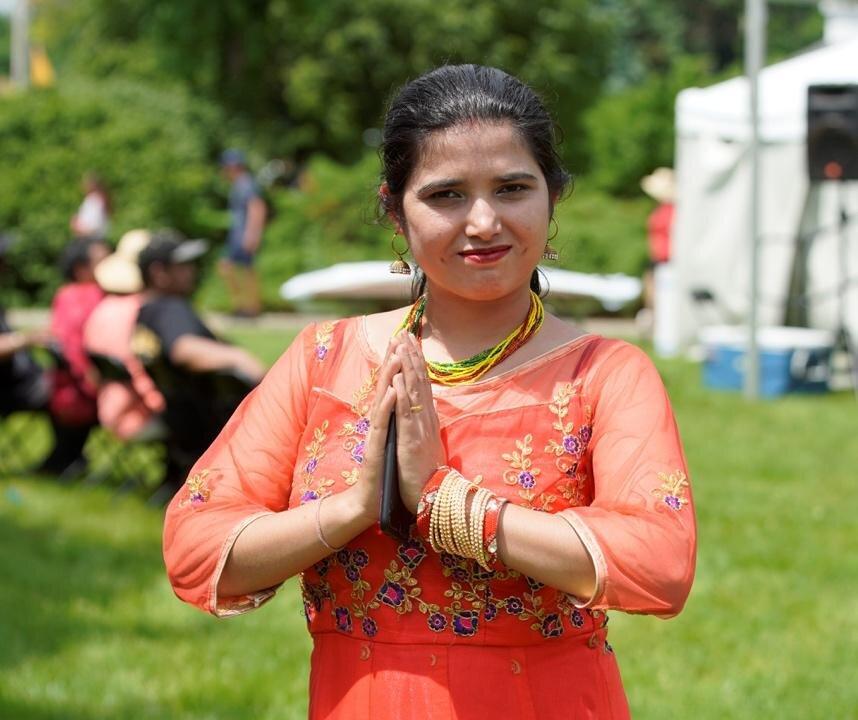COLUMBUS, Ohio---People from all backgrounds came to the 25th Asian Festival to experience a variety of Asian cultures.
Held from May 25 to May 26, 2019, the festival in Franklin Park of Columbus, Ohio, showcased traditional crafts such as wine cups from Nepal, and candle holders from India; traditional dishes from China, Japan, Thailand, Cambodia, Indonesia, and Myanmar; and plethora of traditional performances.

